Thinking About a Giant Dog? Here’s What You Actually Need to Know
So, You’re Dreaming of a Giant Dog…
I get it. I’ve shared my life with dogs for decades, with a special place in my heart for the big ones. My first Irish Wolfhound taught me a lesson I’ll never forget: living with a giant breed isn’t just about having a bigger dog. It’s a completely different lifestyle. We’re talking more space, way more food, and a much deeper understanding of their unique needs. They are absolutely magnificent, but let’s be real, they come with some serious responsibilities.
In this article
This guide is built on years of hands-on experience, a lot of trial-and-error, and countless conversations with vets, trainers, and fellow giant breed enthusiasts. We’re going to look past the cute puppy pictures and get into the nitty-gritty. We’ll cover the science of their size, their specific health quirks, and the daily realities of sharing your home with a true giant. My goal isn’t to scare you off, but to get you fully prepared. Because a prepared owner is the absolute best friend a giant dog can have.
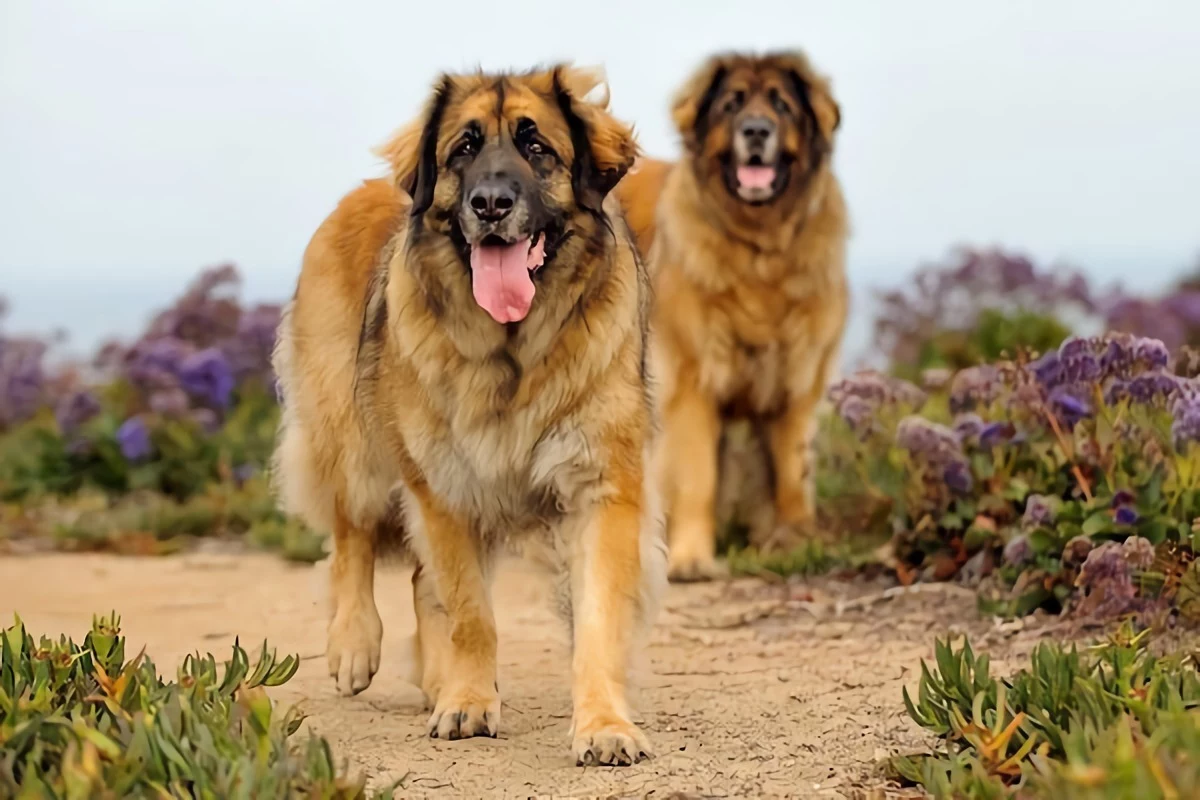
Why So Big? Health, Growth, and What to Watch For
Understanding what makes these dogs so massive is the first step to keeping them healthy. Their incredible size is the result of selective breeding for specific jobs, like hunting or guarding property. This process favored genes that trigger very rapid and prolonged growth. But honestly, that fast-track growth creates some real vulnerabilities.
The Challenge of Rapid Growth
A giant breed puppy can pack on over 100 pounds in their first year alone. Think about that. This puts a massive strain on their developing skeleton. Their bones grow so fast they can be softer and more prone to injury than a smaller dog’s. The growth plates—the delicate areas at the ends of their long bones—are especially sensitive during this time.
This is why you’ll hear seasoned owners and vets talk about the “five-minute rule.” It’s a lifesaver. The idea is to limit structured, leashed walks to five minutes for every month of your puppy’s age, maybe twice a day. So, a four-month-old pup gets about 20 minutes of leashed walking. Free-roaming play in a secure yard is great, but those long, repetitive jogs have to wait until they’re physically mature, which is usually around 18 to 24 months. Patience now prevents a world of hurt later.
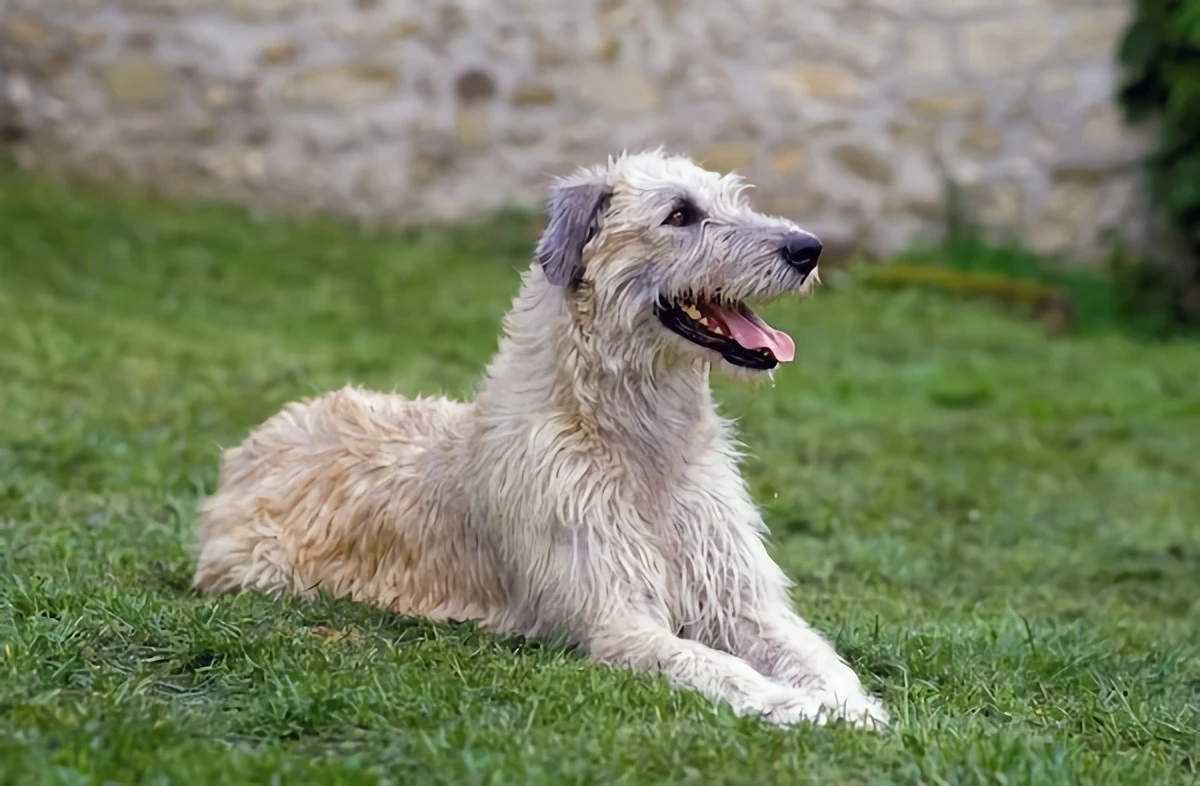
Heads Up! Common Health Concerns in Giants
Their size, unfortunately, comes with a higher risk for some pretty serious health problems. As an owner, you need to become an expert at spotting the early warning signs. This knowledge can literally save your dog’s life.
Bloat (GDV): This is the big one. For most giant breeds, Gastric Dilatation-Volvulus is the most urgent health threat they face. Bloat is when the stomach fills with gas, and it becomes a life-threatening emergency when it twists (that’s the “volvulus” part), cutting off blood flow. It can be fatal within hours. The signs are a visibly swollen or hard belly, frantic and non-productive retching (they’re trying to vomit but nothing comes up), restlessness, and pale gums. If you see this, it is not a “wait and see” situation. Go to an emergency vet immediately. A friend of mine with a Great Dane acted fast when she saw these signs, and that dog is alive today because of it. Emergency surgery for bloat can easily cost between $3,000 and $8,000, which is why I tell every single new giant breed owner to get pet insurance. A good plan might run you $80 to $150 a month, and it’s worth every penny for your peace of mind.
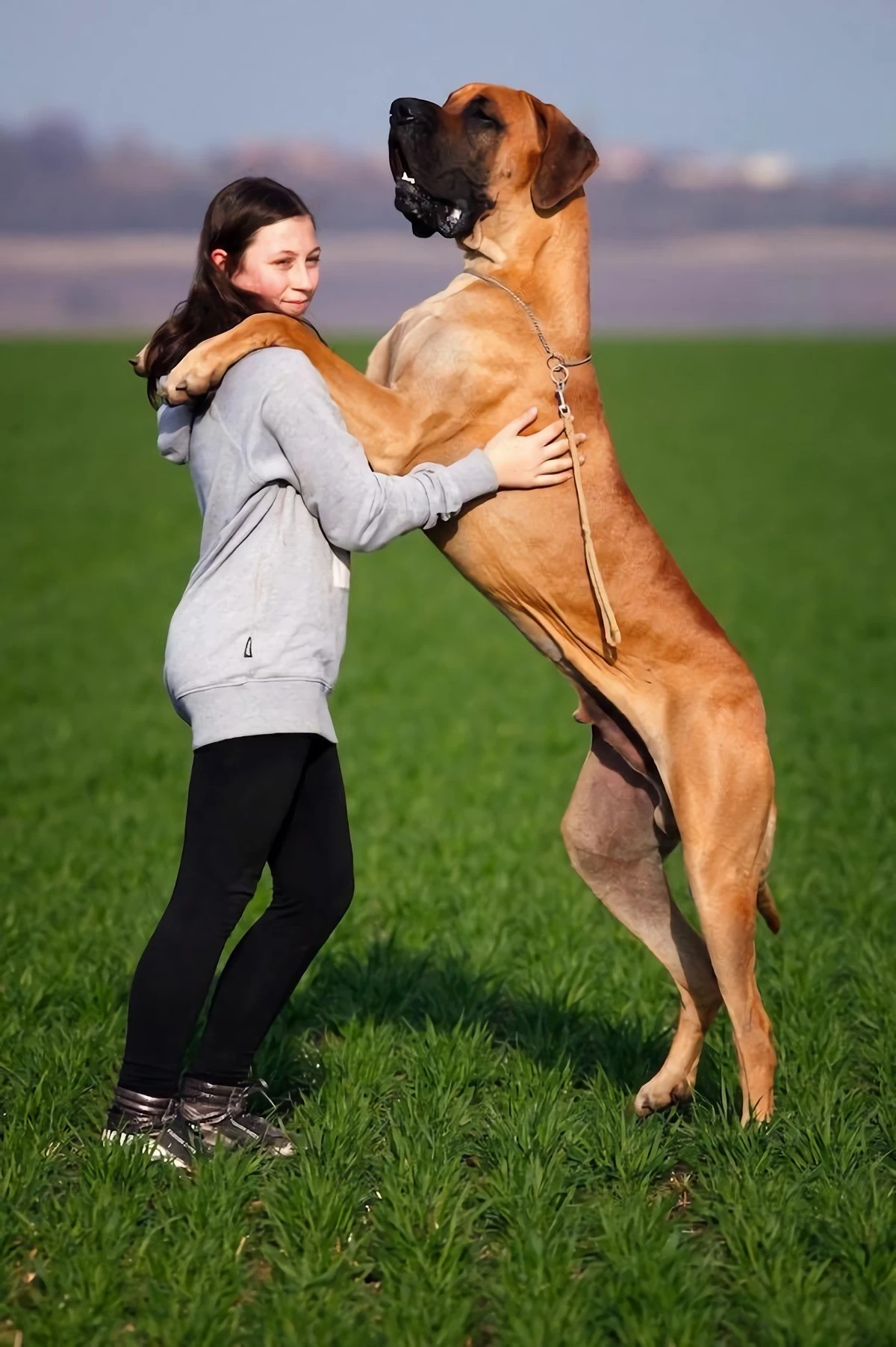
A quick tip for prevention: Feed two or three smaller meals a day instead of one huge one, and no vigorous exercise for an hour before or after eating. Some owners also opt for a preventative surgery called a prophylactic gastropexy, which tacks the stomach to the body wall so it can’t twist. It’s often done at the same time as a spay or neuter, and it’s a conversation worth having with your vet.
Joint and Bone Issues: Hip and elbow dysplasia are unfortunately common. This is when the joint socket forms abnormally, leading to arthritis and pain. A responsible breeder will always screen their dogs for these conditions, so always ask to see the health clearances for a puppy’s parents. Another heartbreakingly common issue is bone cancer (Osteosarcoma), especially in certain lanky breeds like the Wolfhound. A subtle, persistent limp is often the first sign. Don’t just brush it off; it always warrants a vet visit.
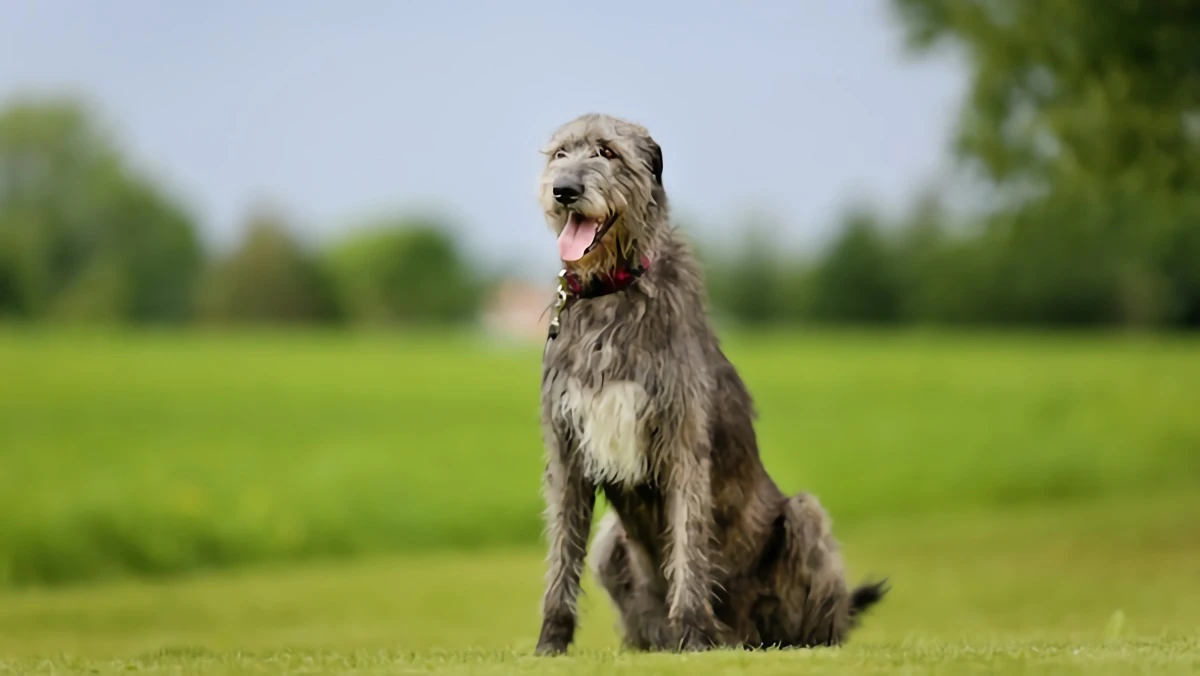
Heart Conditions: Dilated Cardiomyopathy (DCM) is a heart muscle disease that leads to an enlarged, weakened heart that can’t pump blood effectively. Breeds like the Great Dane and Newfoundland are at a higher risk. The best defense is proactive screening with a veterinary cardiologist, which usually involves an ultrasound of the heart (an echocardiogram).
The Hard Truth About Lifespan: It’s a tough pill to swallow, but giant breeds have shorter lifespans. A Great Dane might live 7 to 10 years, while a Wolfhound’s average is just 6 to 8. Their bodies simply wear out faster. Accepting this reality from the very beginning is a painful but necessary part of being a responsible giant breed owner.
Getting to Know the Gentle Giants: A Closer Look
Each giant breed has its own unique personality, shaped by the work it was originally bred to do. These profiles are a mix of breed standards and my own real-world experiences.
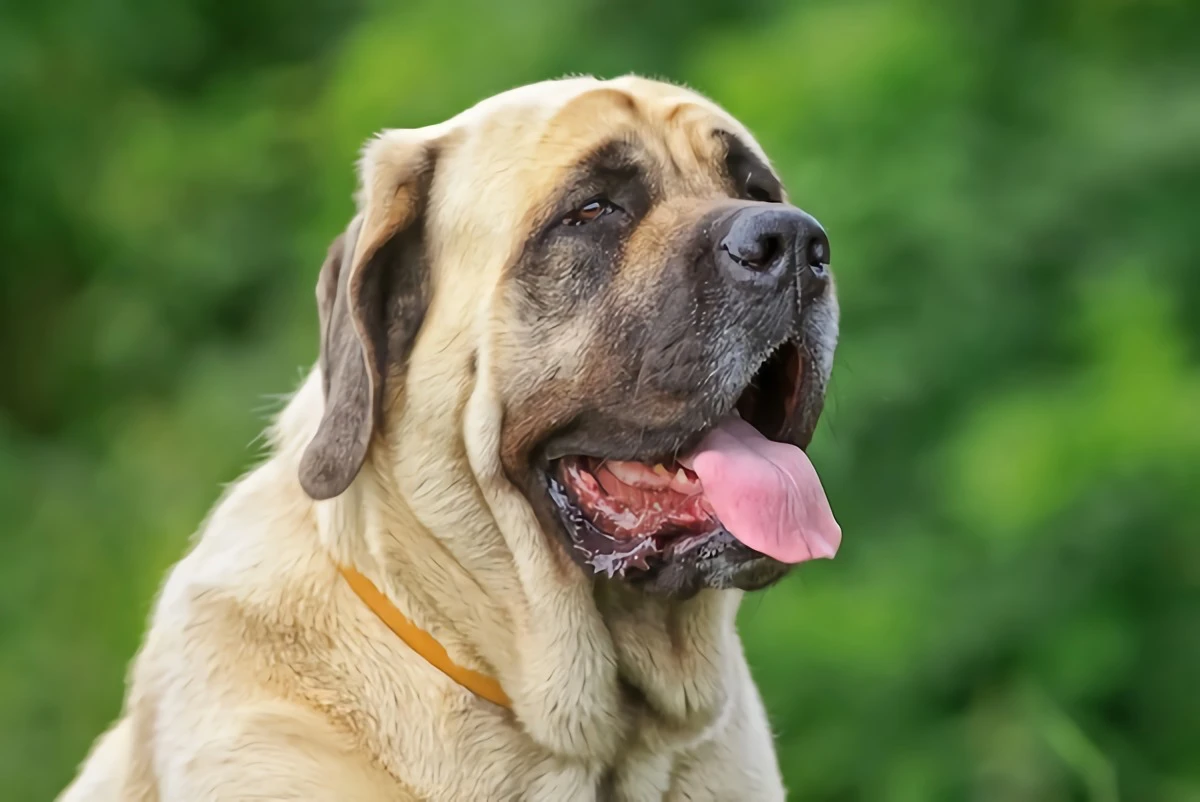
The Great Dane: The Apollo of Dogs
Hailing from Germany where they were developed for powerful hunts, the modern Dane is a true gentle giant. They are incredibly loving and often try to be 150-pound lap dogs. But because they’re so big, early and consistent training is non-negotiable. Their exercise needs are surprisingly moderate once they’re adults; a good daily walk and some playtime usually does the trick. Oh, and the drool? Let’s give them a 3 out of 5 on the drool-o-meter—not the worst, but you’ll want to keep a towel handy, especially after they drink.
The Irish Wolfhound: The Gentle Historian
These ancient sighthounds are remarkably calm and dignified. But don’t let their serene nature fool you—they were bred to chase, and that instinct is hardwired. A secure, tall fence is not a suggestion; it’s an absolute must. They can hit top speed in a heartbeat and will be gone after a squirrel before you can even blink. Their wiry coat needs a good weekly brushing to stay tidy. The emotional weight of their very short lifespan is something you have to be truly prepared for before you bring one home.
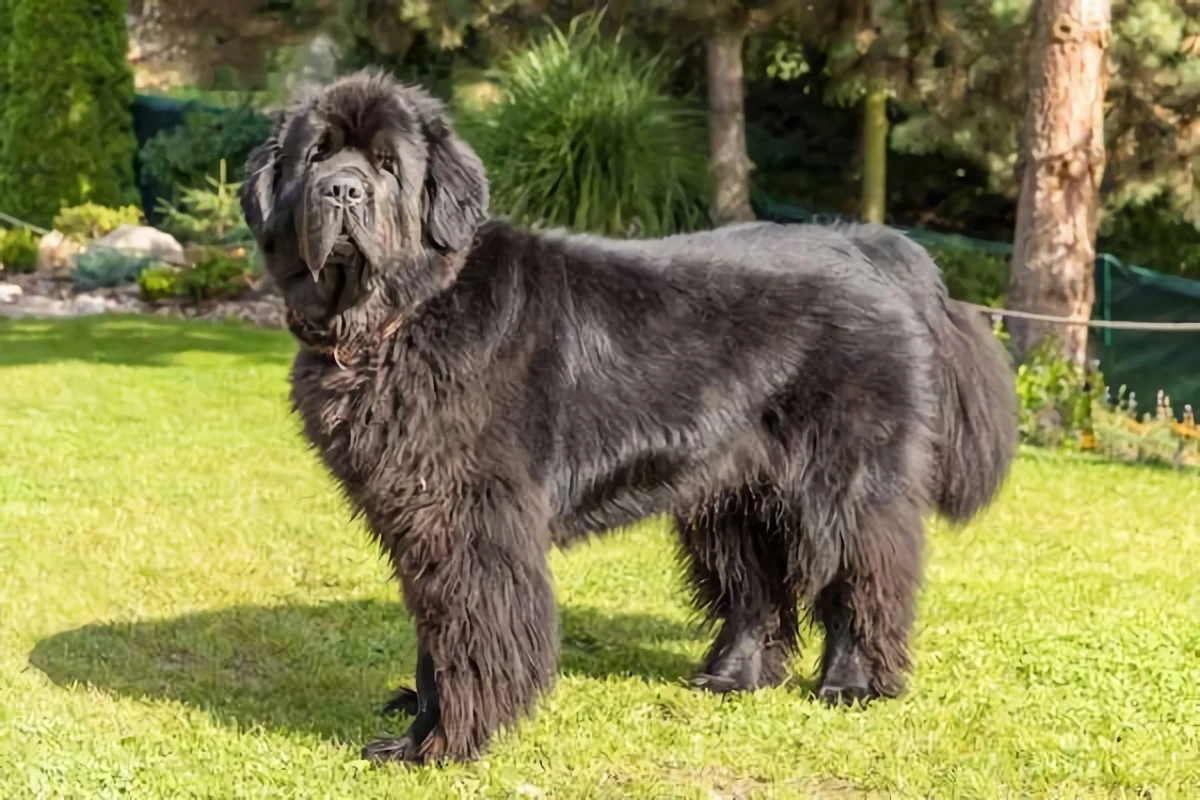
The Mastiff: The Heavy Guardian
This classic guardian breed is a total softie at heart. They are docile, loyal, and crave being with their people. And then there’s the drool. On a scale of 1 to 5, Mastiffs are a solid 5. We’re talking head-shakes that can sling drool onto the ceiling. If you’re a neat freak, this probably isn’t the dog for you. That famous wrinkly face also needs a bit of care. Here’s a quick routine: a couple of times a week, gently wipe the folds with an unscented baby wipe, dry them thoroughly with a soft cloth, and you can even apply a light dusting of cornstarch to help keep moisture away and prevent skin infections.
The Newfoundland: The Nanny Swimmer
Famous for their sweet, patient nature, the “Newfie” is a legendary family dog. But that gorgeous, thick coat is a part-time job. Plan on 20-30 minutes of daily brushing, plus a major hour-long session once a week to prevent gnarly mats, especially when they shed their undercoat. And they love, love, LOVE water. A wet Newfie has a… distinct aroma. A friend of mine in Florida actually has a dedicated air-conditioned “cool room” with a tile floor just for her Newfies in the summer because they are so prone to overheating.
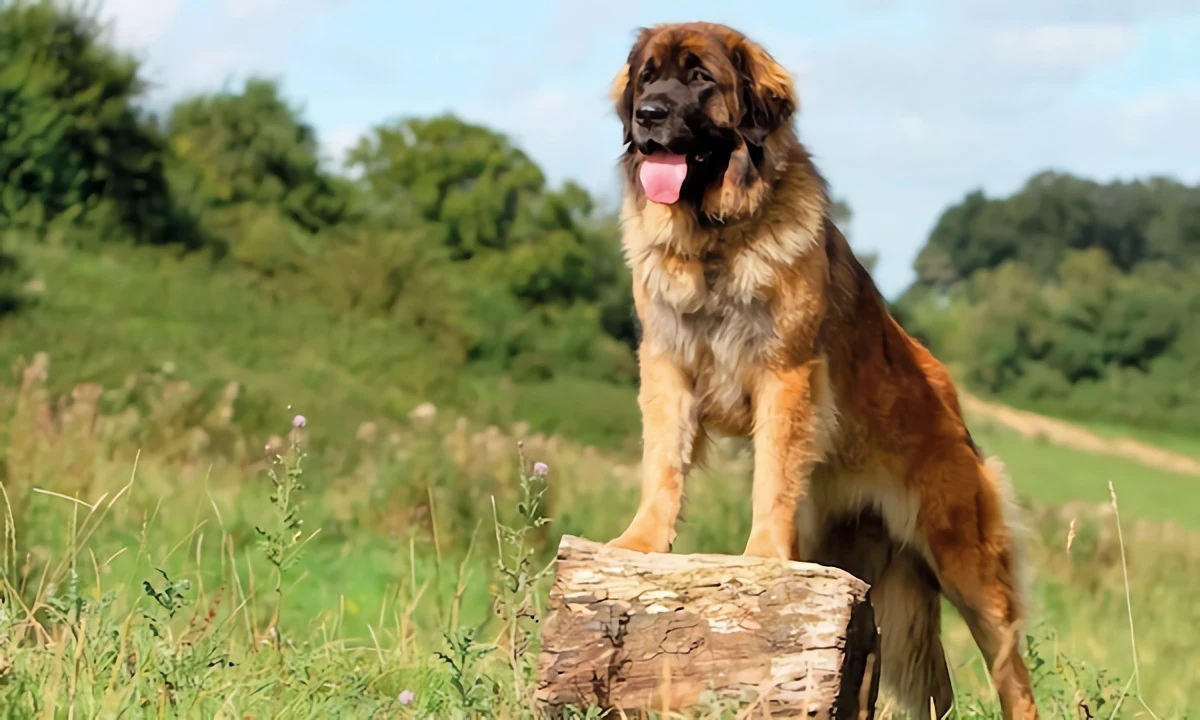
The Leonberger: The Royal Companion
A mix of a few giant breeds, the Leonberger was created in Germany to be a majestic companion. They have the Newfie’s sweetness but with a bit more energy. They are very intuitive and social, so they don’t do well being left alone for long periods. Like the Newfie, they have a heavy double coat that sheds a lot and requires serious grooming. A fun quirk: Leos are “talkative.” They don’t just bark; they groan, grumble, and make a whole symphony of sounds to communicate with you.
The Giant Breed Lifestyle: What a Day Really Looks Like
So what does it all add up to? Let me walk you through a pretty typical day. It might start at 5 AM with a 150-pound dog nudging your face because their bladder is the size of a water balloon. After the morning potty break, it’s breakfast, which involves managing food bowls the size of serving platters. The morning walk isn’t just a stroll; it’s an exercise in vigilance, making sure they don’t drag you into the street to greet another dog with too much enthusiasm. Throughout the day, you’re constantly navigating a giant obstacle in your home, and you get used to the “lean”—that thing they do where they casually lean their entire body weight against your legs. The evening ends with you trying to find a small corner of the couch to sit on, because your dog is lovingly taking up the rest of it. It’s a life of constant adjustment, cleaning, and big, big love.

The True Cost: A Reality Check for Your Wallet
Everything is bigger, and that includes the bills. Let’s get specific, because “expensive” doesn’t quite cover it. A giant puppy shopping list is a real eye-opener.
- The Dog Itself: A puppy from a reputable breeder might cost $2,500 to $4,000+. Adopting from a breed-specific rescue is usually much less, around $300-$600.
- Gear: A giant-sized crate can be $200 or more. A good orthopedic bed to support their joints will run you $150 to $300. Don’t forget the oversized bowls and durable toys.
- Food: This is a major recurring cost. Budget at least $100 to $150 per month for a high-quality, large-breed specific food. And when we say “large-breed food,” we mean one with carefully controlled calcium-to-phosphorus ratios (around 1.2:1) and moderate protein levels (about 24-26%) to support slow, steady growth rather than rapid, risky growth.
- Vet Care: Routine checkups, flea/tick/heartworm prevention, and medications are all priced by weight, so they cost more. A routine spay or neuter can easily be double the cost of a smaller dog’s. And as mentioned, an emergency can run into the thousands. Get that insurance.
Finding Your Gentle Giant and Living Happily Ever After
Bringing a giant home is a huge decision. Where you get your dog is one of the most important choices you’ll make.
The Reputable Breeder Route
A good breeder is worth their weight in gold. They are passionate stewards of their breed. Look for a breeder who openly shares all health screenings (like those for hips, elbows, and heart), raises puppies in their home as part of the family, and asks you a ton of questions. They should also provide a health guarantee and be a source of support for the dog’s entire life. National breed clubs are the best place to start your search; they often have ethical guidelines and breeder directories.
The Adoption Option: Breed-Specific Rescues
By the way, breeders aren’t the only option! There are fantastic, dedicated rescue organizations for nearly every giant breed. Adopting an adult giant can be an amazing experience. You often get a dog who is past the wild puppy stage, and their personality is already well-established. It’s a wonderful way to give a deserving dog a second chance. Just search online for “[Breed Name] Rescue” and you’ll likely find organizations in your region.
A Final Thought
Sharing your life with a giant dog is a profound experience. The bond you form is unlike any other—it’s deep, gentle, and powerful. But it’s a commitment that demands serious thought, preparation, and resources. They need you to be their leader, their caregiver, and their greatest advocate. If you can provide all that, the reward is a loyal friend with an incredible presence and an even bigger heart.










